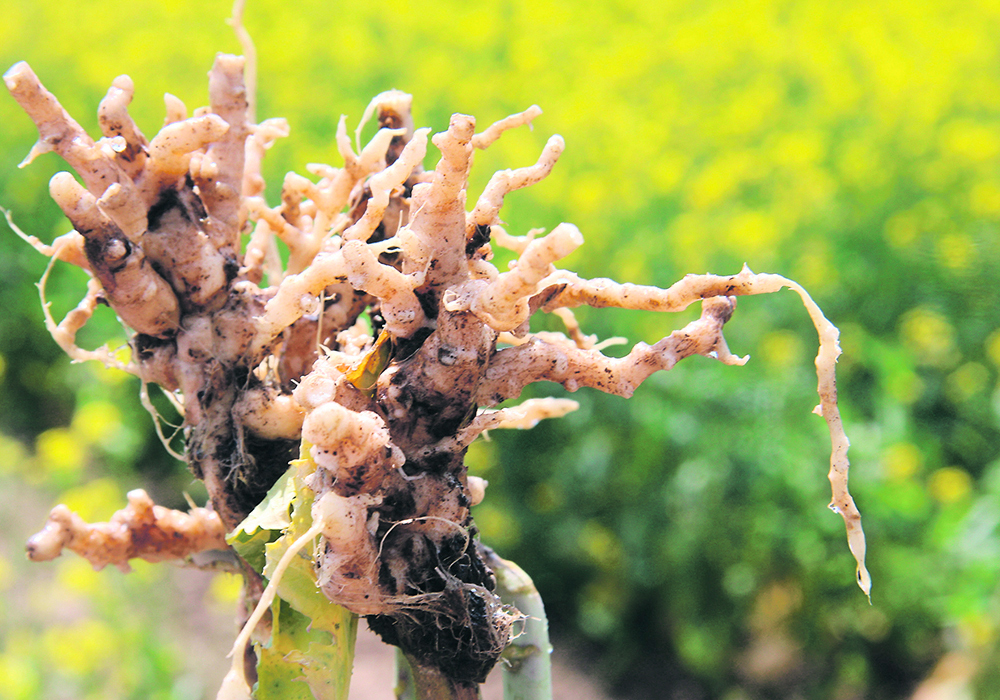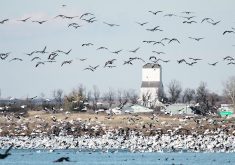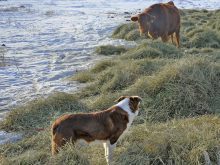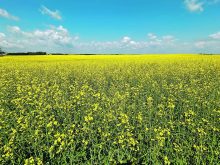Saskatchewan has rolled out its pest biosecurity program for the next five years.
The $19.5 million program covers plant concerns such as clubroot, prohibited and noxious weeds, gophers, beavers and rats.
It is funded by the province and Ottawa and will be delivered by the Saskatchewan Association of Rural Municipalities.
It funds a plant health technical adviser in each of the six SARM divisions to assist producers in identifying, monitoing and controlling the problem and offers 50-50 provincial-federal cost-share rebates on the control programs.
Read Also

Chinese, Indian tariffs take toll on pea prices
The disruption of pea exports from Canada’s largest customers will likely result in slow pea exports for the remainder of the crop year.
The beaver control program focuses on humane removal of nuisance beavers and the use of “easy man-made flow devices that offer a cost-effective, non-lethal and sustainable humane approach to mitigate flooding problems,” according to the program details.
The funding is available to all RMs and First Nations south of the northern administrative district, to a maximum of $450,000 for the program year ending Feb. 15, 2024.
The gopher control program uses several strategies, including rodenticides and raptor platforms, to deal with Richardson’s, Franklin’s and thirteen-lined ground squirrels and northern pocket gophers. The funding for this program is $200,000 until July 31.
Similarly, the rat control program has $1.2 million available for RMs and First Nations with a claim deadline of Dec. 31. Two technical advisers are available through SARM to help pest control officers.
Invasive plant control is available to co-ordinate the control of prohibited weeds and persistent noxious weeds. The focus of this program is to control plants designated under the Weed Control Act and help pay for eligible herbicides.
New this year, RMs and First Nations can claim expenses for appointed or authorized weed inspectors. The deadline for this year is Oct. 31 and the maximum available is $856,000.
Full program details are available on the SARM website.
















